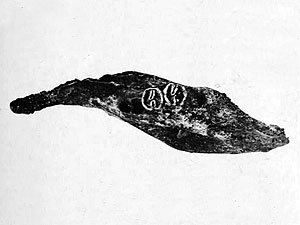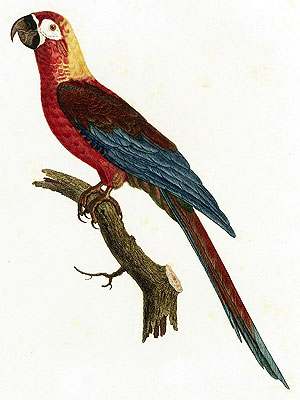Isle of Pines Solitaire (Myadestes elisabeth ssp. retrusus)
The Cuban Solitaire (Myadestes elisabeth (Lembeye)) [see photo] is endemic to the island of Cuba, where it apparently inhabits moist montane forests.
The species also inhabited Isla de la Juventud off the southern coast of Cuba, these birds, however differed from the Cuban birds and thus were described in 1905 as a distinct subspecies.
***
“Similar to M. e. elizabeth, but still smaller, narrower, and more pointed, and coloration clearer and grayer, the upper parts nearly mouse gray instead of deep hair brown or olive, the under parts nearly pure white passing into very pale clear gray on chest and sides of breast.” [1]
***
The bird reached a length of about 17,5 cm.
The Isle of Pines Solitaire disappeared due to the destruction of its habitat, an ill fate that now also seems to befall the Cuban Solitaire which is officially listed as ‘Near Threatened’.
*********************

Photo: Francesco Veronesi
http://creativecommons.org/licenses/by-sa/2.0
*********************
References:
[1] Robert Ridgway: The birds of North and Middle America: A descriptive catalogue of the higher groups, genera, species, and subspecies of birds known to occur in North America, from the arctic lands to the isthmus of Panama, the West Indies and other islands of the Caribbean sea, and the Galapagos Archipelago. Bulletin of the United States National Museum 50(4). 1907
*********************
edited: 01.04.2018



